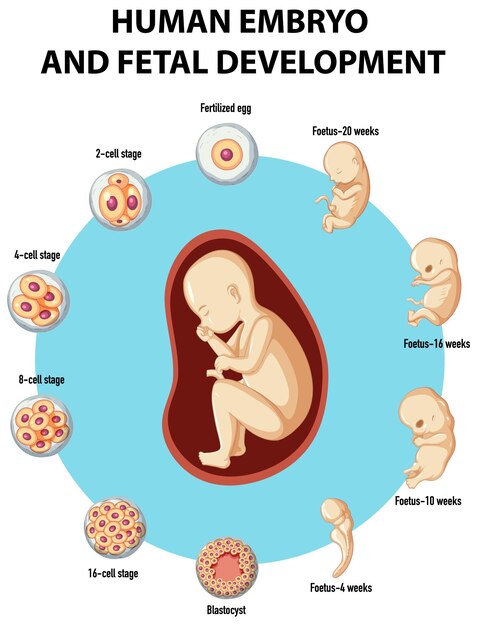An embryo is a multicellular organism that develops from a fertilized egg. The term is typically used to refer to the earliest stage of development, when the organism is most vulnerable and susceptible to damage.
A typical human embryo measures about 1-2 mm in length at 4 weeks after fertilization and is composed of two layers of cells: an inner cell mass (ICM) and an outer layer of trophoblast cells. The ICM gives rise to the majority of fetal tissues, including the nervous system, muscles, and internal organs; the trophoblast cells form the placenta.
During early development, the embryo undergoes a process called gastrulation, during which the single-layered ectoderm and endoderm split into two layers. This process forms the three primary germ layers – ectoderm, mesoderm, and endoderm – which give rise to all future tissues and organs.
After gastrulation is complete, the embryo continues to grow and develop through a series of well-defined stages: cleavage (cell division), blastulation (formation of hollow cavities), organogenesis (development of specific organs), and finally birth or hatching.
Throughout these stages, the developing embryo is highly susceptible to damage from environmental factors such as toxins, radiation, or infection. These can cause birth defects or even death. For this reason, pregnant women are advised to avoid potential hazards and to receive regular prenatal care from a healthcare provider.


